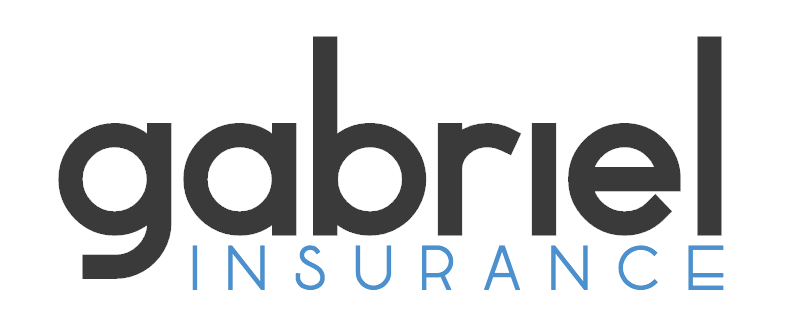By: Ray Fabius, M.D., FAAP, FACPE | April 3,2024
Producers play a critical role in supporting organizations toward a culture of health and well-being. As such, they advise on designing and implementing health programs that align with a company’s values and leadership’s vision. By understanding the importance of leadership support and management alignment, they play a role in helping organizations create sustainable health and well-being cultures that benefit both employees and the organization.
Brokers and advisers contribute to this process in several ways.
1. Advisory role. It’s vital to act as a trusted adviser to company leadership, providing insights into the importance of health and well-being in the workplace and how it can be integrated into the company’s culture.
2. Health and well-being cultural integration. Leadership can use help integrating a culture of health and well-being into accepted behaviors of the workplace environment, ensuring that these initiatives are not just add-ons but are part of the organizational fabric. As a result, the workforce is empowered to make healthy decisions on a conscious and unconscious basis, leading to lower healthcare costs and higher employee performance.
3. Resource allocation and operational excellence. Leadership needs guidance on the effective use of resources for health and well-being initiatives, ensuring that the programs are well-planned and executed, which is essential for their success and positive outcomes.
4. Tailored solutions. Benefits design can be leveraged to recommend health programs that align with the company’s values and leadership’s vision, ensuring that the initiatives resonate with the workforce and are more likely to be adopted. Another crucial role involves identifying prevalent risks and conditions within the organization and targeted point solutions to effectively address the specific needs of the workforce.
5. Measurement and reporting. The impact of health and well-being initiatives must be measured and reported back to leadership. This is important for understanding a program’s value and making informed decisions about the future. Metrics also must be in place to track the efficiency and effectiveness of health and well-being initiatives, as well as employee experience.
6. Marketing and communication. Recommendations should be provided on crafting and distributing clear and consistent messaging from the C-suite regarding the importance, impact and overall goals of health and well-being initiatives. Promoting these initiatives through enthusiastic and active leadership participation is crucial for building employee trust and buy-in.
7. Feedback mechanisms. By facilitating employee feedback mechanisms such as surveys, leaders will better understand the workforce’s health and well-being needs and desires, leading to more effective and targeted initiatives.
8. Health literacy and education. Building health literacy within the organization ensures that employees understand their health plans and how to utilize them effectively, which leads to better health outcomes and engagement. Introducing leaders to concepts such as a medical home and understanding that not all doctors treat all conditions equally well will help them foster a culture of health literacy.
Benefit brokers and advisers play a key role in bridging the gap between leadership intentions and implementing health and well-being cultures in the workplace. Their expertise, support and resources are necessary to ensure that these initiatives are successful and sustainable. When leaders prioritize and participate in these initiatives, it demonstrates to the workforce that their well-being is a priority. Producers are well-positioned to play a pivotal role in integrating health and well-being into the organizational culture, and I can attest to the profound impact this can have on an organization’s success.

Leave A Comment
You must be logged in to post a comment.